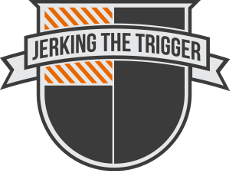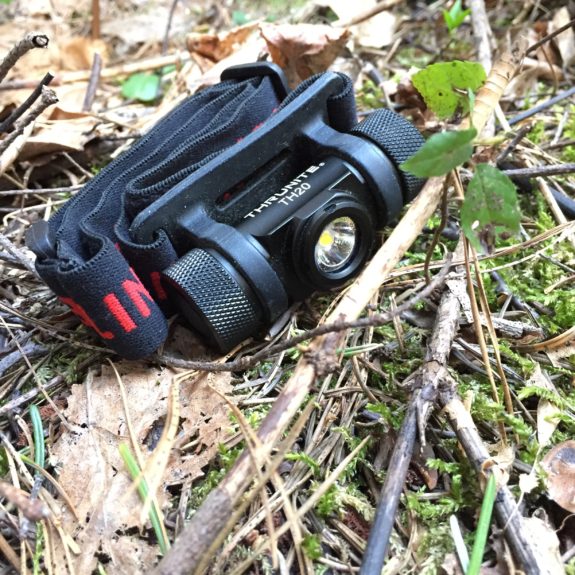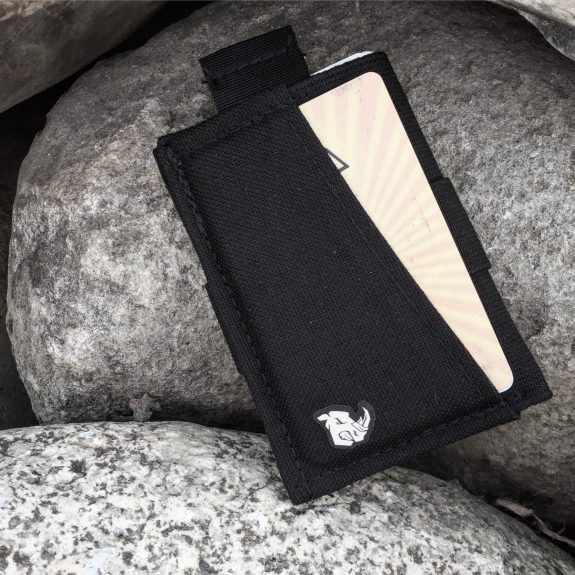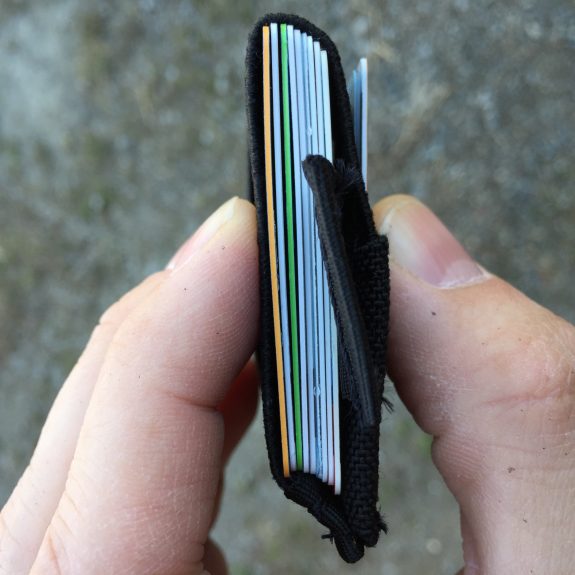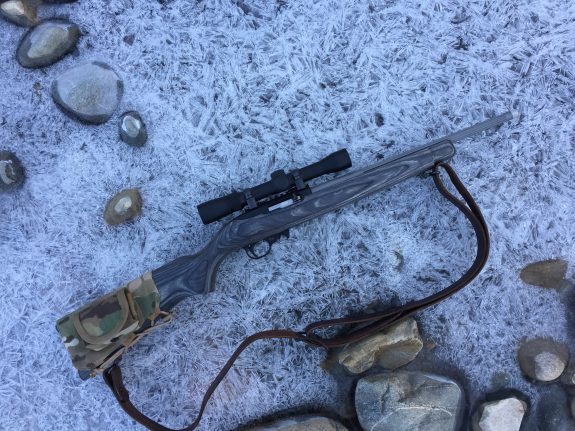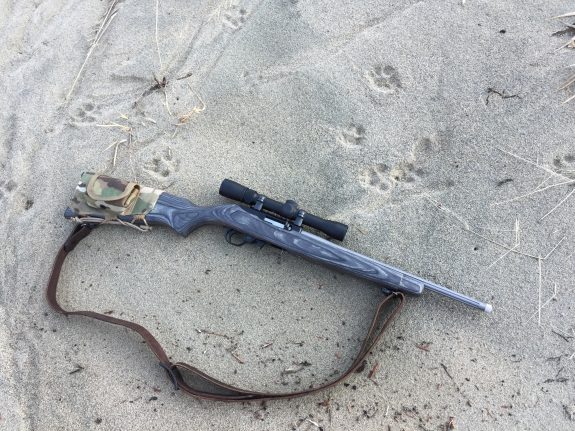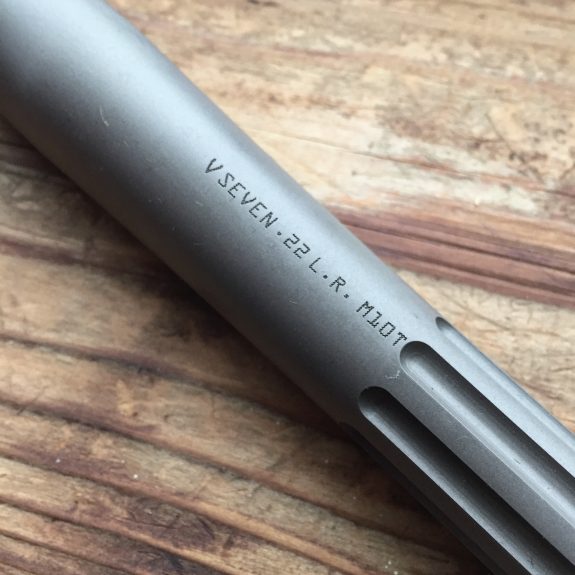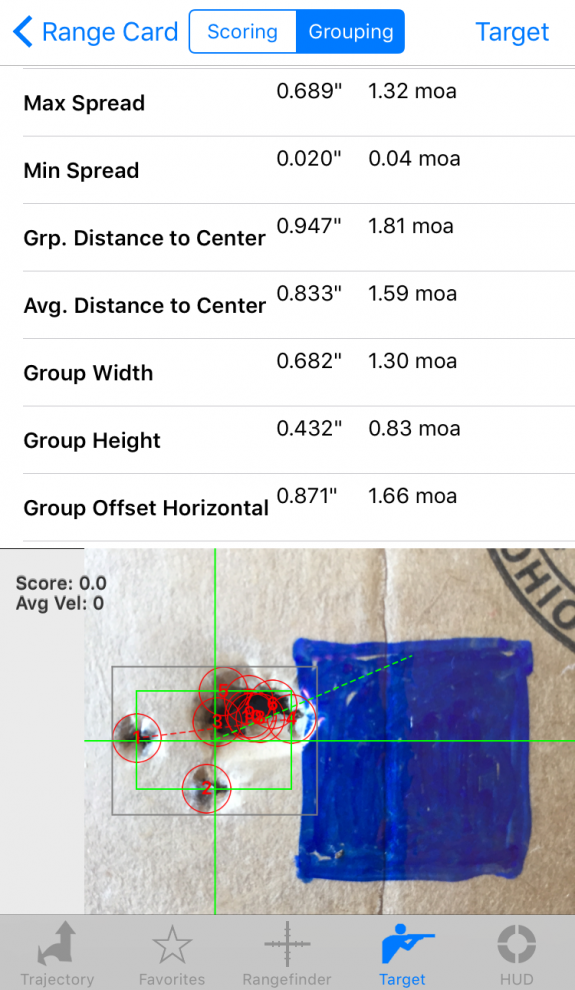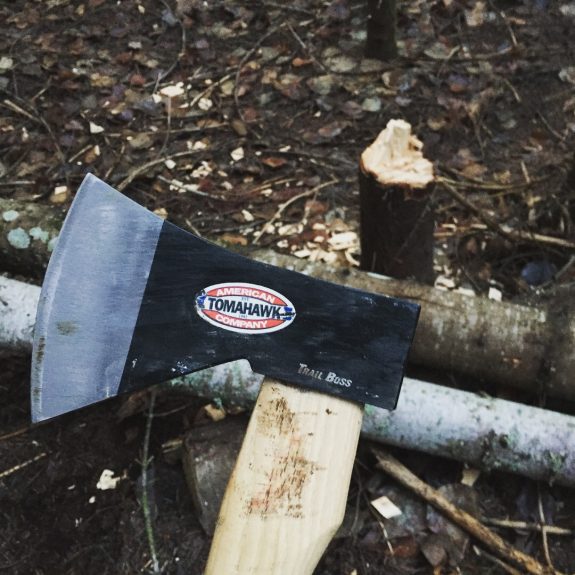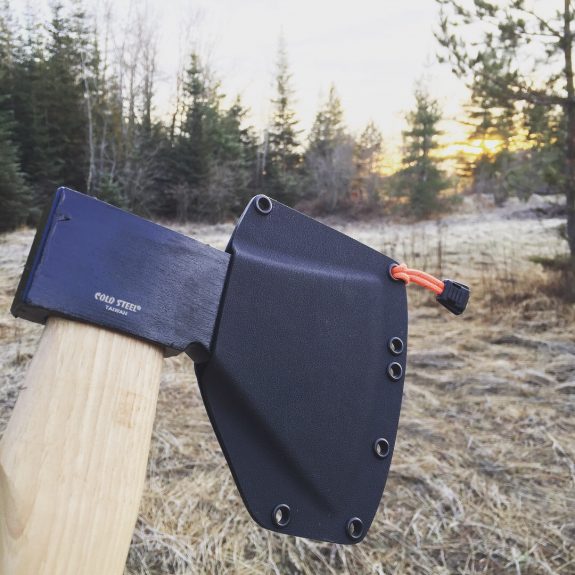If you are reading this blog, it is probably safe to assume that you enjoy a lot of same pursuits that I do and a lot of those pursuits, like shooting, training, and hiking, happen outdoors. If you enjoy these activities, you know the importance of hydration. No one wants to get sidelined on a hike or feel wrecked on day two of a carbine course because they didn’t monitor their hydration. You can’t get that lost time and money back.
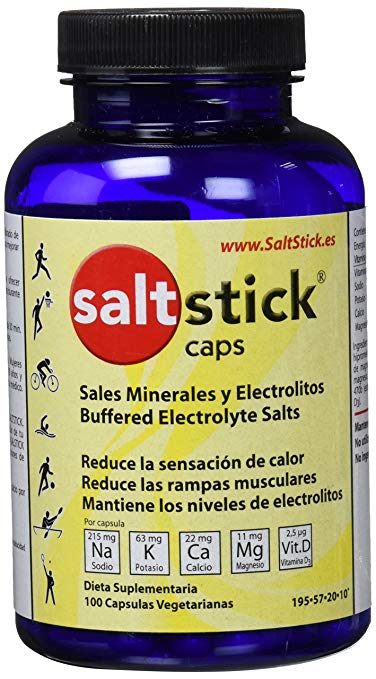 I used to play organized sports year round and I drank a lot of water to try to stay hydrated. However, I still found myself dizzy with headaches, cramps, and sick to my stomach on a regular basis. That was likely because I was taking in too much water without also being intentional about adding nutrition and electrolytes. I added sports drinks to my hydration regime which helped dramatically.
I used to play organized sports year round and I drank a lot of water to try to stay hydrated. However, I still found myself dizzy with headaches, cramps, and sick to my stomach on a regular basis. That was likely because I was taking in too much water without also being intentional about adding nutrition and electrolytes. I added sports drinks to my hydration regime which helped dramatically.
As I have grown older, I’ve become more conscious of the amount of sugar that many sports drinks contain (especially when you are drinking them one after the other) so I started looking for a way to add electrolytes while reducing my sugar intake. That search lead me to a number of products that work very well but the one that has been the most convenient is SaltStick Electrolyte Caps.
Basically, these are capsules that contain an electrolyte mix that mimics the types and amounts of electrolytes actually lost in sweat during 30-60 minutes of strenuous activity. I like to take one with my first drink of water and then take another every hour or two based on my activity level and how much water I am taking in. Since SaltStick Caps contain only electrolytes (no other nutrition or sugars), I am able to keep my electrolyte intake and nutrition intake separate which makes it easier for me to keep track. I make sure I am drinking water and periodically adding solid nutrition like fruit, nuts, granola bars, etc. and the capsules handle the rest.
I don’t have any quantifiable lab results but I can offer some long term anecdotal evidence. These capsules have worked for me for more than 3 years. I deal with temps in the 90s and humidity below 20 percent during the summer months. If you hike, run a chainshaw for a few hours in protective gear, or do some training on the range in that kind of weather… you will need to be on your hydration game. I have not had a single dizzy/headache episode since I started using SaltStick and, for me, that is really saying something.
I should also mention that at a cost of about $.20 per capsule (when you buy 100 at a time), they are less expensive than pre-mixed sports drinks! In my experience, they work better. You also don’t need to clean them out of your bottles and hydration bladders like sticky drink mixes!
I have only used the regular SaltStick caps but they also make SaltStick Plus cap which have some caffeine and SaltStick chews. I have never found SaltStick locally which is kind of a bummer but they are readily available online. I have purchased all of mine from Amazon (affiliate link): SaltStick on Amazon
